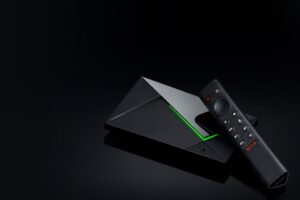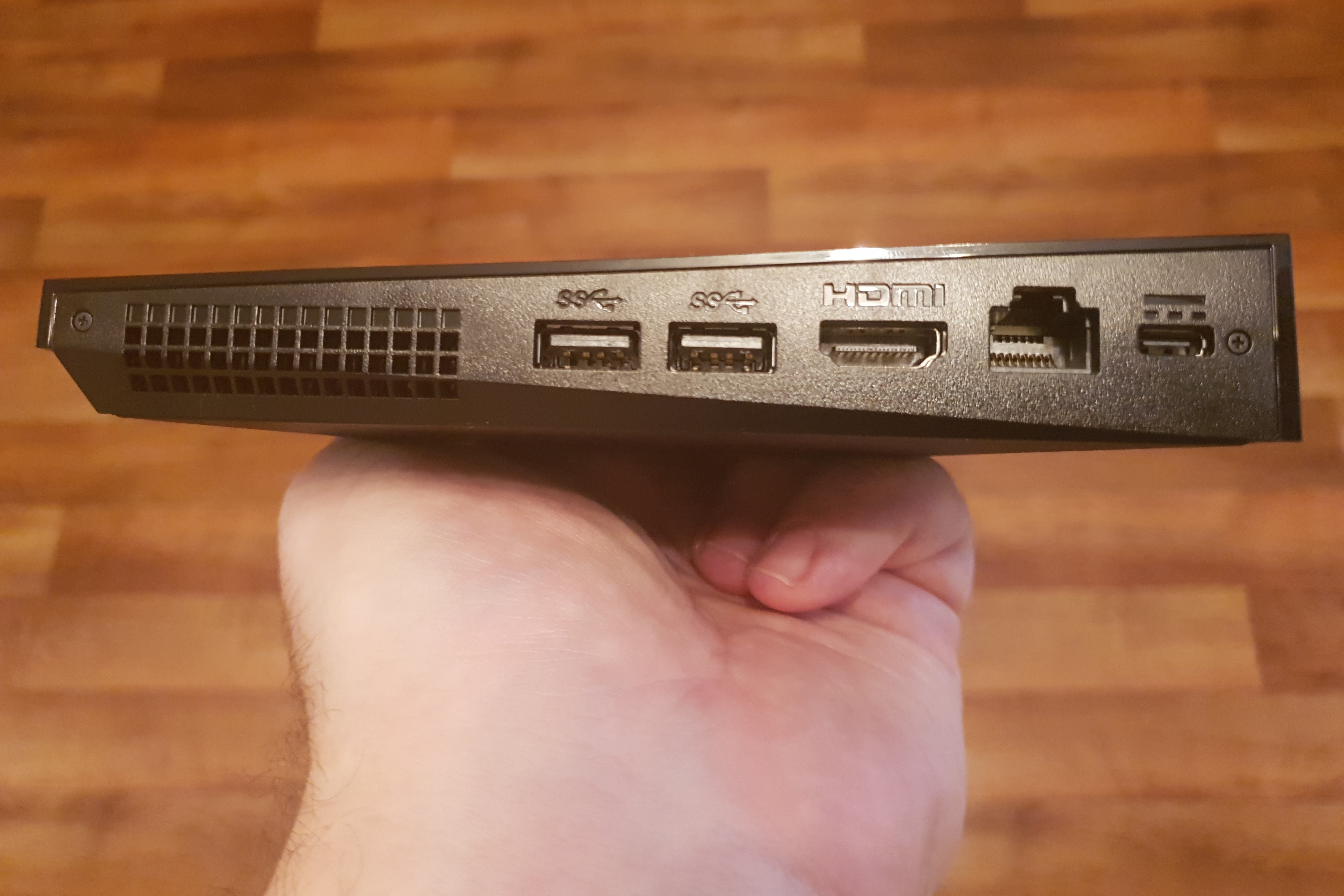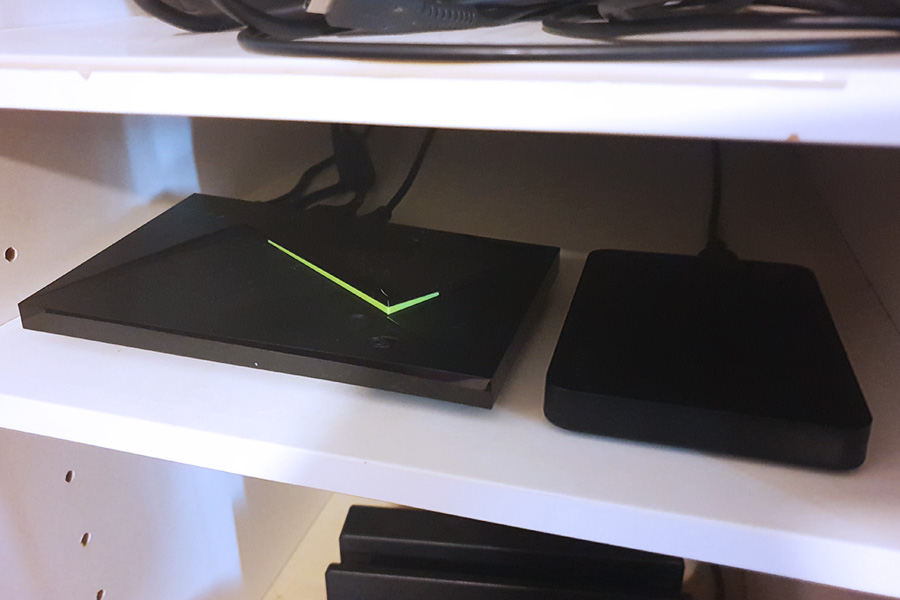Optus Mobile Review ALDI Mobile Review Amaysim Mobile Review Belong Mobile Review Circles.Life Review Vodafone Mobile Review Woolworths Mobile Review Felix Mobile Review Best iPhone Plans Best Family Mobile Plans Best Budget Smartphones Best Prepaid Plans Best SIM-Only Plans Best Plans For Kids And Teens Best Cheap Mobile Plans Telstra vs Optus Mobile Optus NBN Review Belong NBN Review Vodafone NBN Review Superloop NBN Review Aussie BB NBN Review iiNet NBN Review MyRepublic NBN Review TPG NBN Review Best NBN Satellite Plans Best NBN Alternatives Best NBN Providers Best Home Wireless Plans What is a Good NBN Speed? Test NBN Speed How to speed up your internet Optus vs Telstra Broadband ExpressVPN Review CyberGhost VPN Review NordVPN Review PureVPN Review Norton Secure VPN Review IPVanish VPN Review Windscribe VPN Review Hotspot Shield VPN Review Best cheap VPN services Best VPN for streaming Best VPNs for gaming What is a VPN? VPNs for ad-blocking At its T-800-like core, the newly released Nvidia Shield TV Pro is a streaming media player. But with a $349.95 asking price, you might be fooled into thinking it’s an overpriced Chromecast or Fire TV Stick equivalent. For starters, it effectively has a Chromecast Ultra built into it (with 4K streaming potential), but this revamped Shield is so much more. The green powered-on hue of the Shield may make it look like a slimline Xbox console of yesteryear, but the power this device is packing beneath the hood has to be experienced to be appreciated, even if the Pro’s form factor is identical to the older Shield. While owners of that particular still-impressive device may find it tough to justify the price of the upgrade, those who missed the boat on the original Shield are in for a treat. More importantly for those seeking a fidelity boost for their streaming apps, Tegra X1+ translates to better audio to the tune of Dolby Vision and Dolby Atmos for compatible streaming apps (like Netflix, Prime Video and Disney+). Even without the requisite surround sound setup to appreciate those audio gains, there’s still the impressive eye candy boost to factor in. Nvidia uses cutting-edge AI upscaling to boost HD-quality content (720p or 1080p), in real-time, to 4K fidelity levels for the many homes that, these days, have a 4K screen as their main entertainment hub. In my tests across a range of streaming content, the results are consistently impressive. Lighting is subtly boosted, pixelated edges are smoothed out, and overall detail is improved. There was only one instance of a 720p animated TV show where the AI upscaling aggressively added too much light to a dark scene that felt off in comparisons, even if the overall quality was noticeably cleaner. It may be a cognitive bias after a lot of comparisons, but even regular 4K streamed content (which isn’t upscaled) looks crisper when played on Shield compared to default 4K TV apps. The trick for appreciating the differences is you want to jump straight into the settings to push the AI upscaling to full, then use the quality slider in demo mode to properly appreciate the extra detail in a paused scene. All of this media playback is complemented by a markedly improved Shield Remote. Where the last one felt like a slimline afterthought, this newbie has reportedly evolved from customer feedback. And it shows. It boasts motion-activated backlights for easy lights-out navigation, some essential dedicated buttons (power, volume and playback controls), as well as a prominently placed programmable button for pretty much whatever function you fancy. There’s even an option to locate your remote if it’s slipped down the side of the couch. Mercifully, Nvidia has also shifted to AAA batteries, which are included so you can use this bad boy out of the box. What could use more work from customer feedback is the user interface, which is still a bit on the clunky side. The core basics of what you need are on the homepage, but navigating to all apps, a sometimes buggy Google Play Store (especially its search function), and straightforward options for resetting default choices feel at ends with the otherwise user-friendly presentation. The flipside of these frustrations is that it strongly incentivises you to become more reliant on voice control, which the Shield Remote handles beautifully care of a dedicated button. I appreciate that even when the Shield can’t fully do what I ask it to do, it takes me to a closer approximation of what I was after (rather than just shutting me down). It’s a nice touch that subtly teaches you the best voice commands for getting the most streamlined results. With a compatible Nvidia graphics card in your gaming device and a recommended Ethernet connection to PC and to the Shield, you’re ready for low-latency PC gaming on the couch. This means you can tap into fidelity perks like 4K resolutions and HDR even if your computer doesn’t have a 4K screen. As a gamer who invested in a high-refresh-rate (HFR) monitor for responsive online gaming, I absolutely appreciate that I can use that screen for online gaming and reserve 4K gaming from the TV I already own, without having to fork out for an expensive additional monitor (or stupidly priced HFR screen that supports 4K and HDR), all from the comfort of my couch.


